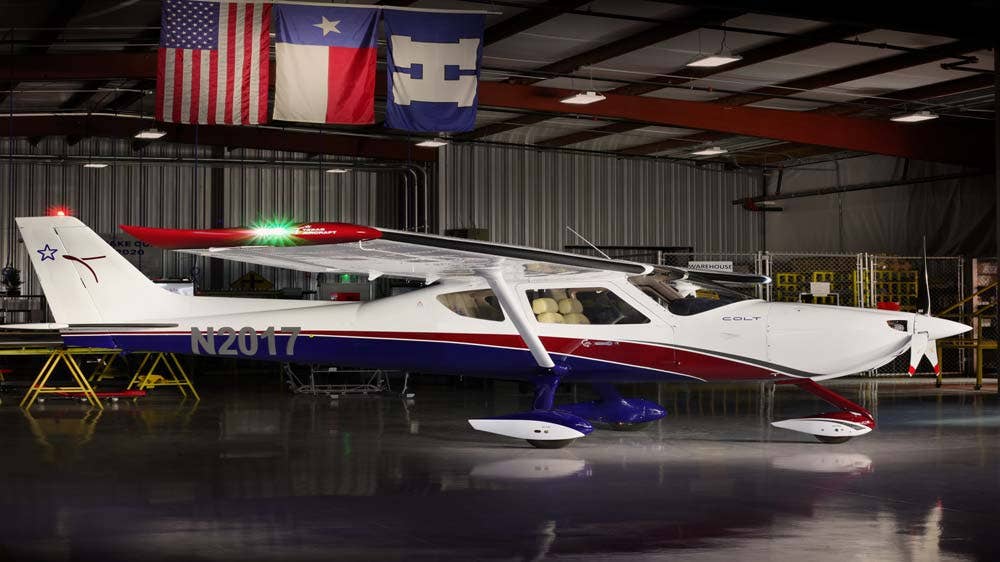Texas Aircraft Developing eColt
Texas Aircraft Manufacturing has announced that it is developing a fully electric aircraft based on its Colt S-LSA design. Development of the eColt is being conducted in partnership with lithium-sulfur…

Image: Texas Aircraft Manufacturing/OXIS Energy
Texas Aircraft Manufacturing has announced that it is developing a fully electric aircraft based on its Colt S-LSA design. Development of the eColt is being conducted in partnership with lithium-sulfur (Li-S) battery technology company OXIS Energy. The aircraft’s key airframe and power components will be manufactured in Brazil with design and development taking place at Texas Aircraft Manufacturing’s facility in Campinas.
“We feel very proud and truly blessed to be working on this exciting program with OXIS Energy,” said Texas Aircraft Manufacturing CEO Matheus Grande. “With its wide cabin and exceptionally pilot-friendly flight characteristics, the eColt is going to be a fantastic airplane for flight training and personal transportation in Brazil and around the world.”
OXIS is currently projecting that the two-seat eColt will have an endurance of greater than two hours and range of approximately 200 NM. According to the company, the aircraft’s powertrain will be supplied by WEG of Jaraguá do Sul while the battery and its management system (BMS) will be provided by AKAER Group of São José dos Campos. OXIS will be producing the Li-S battery cells at its factory in Juiz de Fora.






